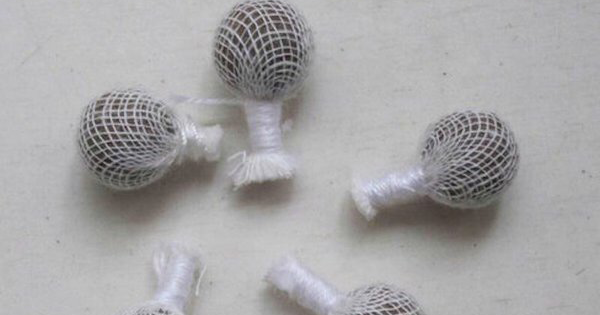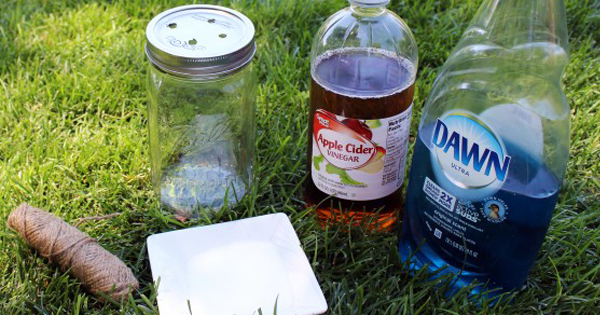Through the course of a woman’s menstrual cycle, her body will change due to the hormonal fluctuations at each stage of the cycle. Researchers at the University of Copenhagen recently completed a study investigating how women’s menstrual cycle stages influence her dietary and physical activity needs. This is what they discovered.
When menstruation begins, women typically feel tired, bloated, and experience pelvic pain. The key to eating at this stage is simply responding to your body’s needs. Your appetite probably won’t be as large as usual, so it’s fine to eat smaller portions and small snacks. Be sure to replenish your body of the iron that it’s depleting. Balance this out with Vitamins C and B, as well as calcium.

Don’t feel too pressured to exercise during this time. Give your body a break, get more sleep, and stick to light exercises like yoga and walking.
During the follicular phase, which begins immediately after menstruation ends, a woman’s ovaries prepare to release an egg into the uterus. Higher estrogen levels in the body contribute to higher energy levels overall. You might feel a greater drive to work out, so feel free to eat slightly larger portions and consume more Vitamin B12 to prepare your muscles and cells for exercise.

Around day 14 (generally days 12-16) of your menstrual cycle, you’ll reach ovulation. This is when you’ll feel the most active, so feel free to push yourself to a new level of physical activity. Try a new fitness class or just raise the bar a bit from your normal routine. Eat well and be sure to eat foods that contain zinc to aid in cell division – even if you’re not trying to conceive.

The next stage is the luteal phase, which lasts until day 28 of your cycle. As your uterus prepares for pregnancy by thickening the interior lining, your body will produce more progesterone that encourages your body to rest. Around the end of this stage, however, your body begins to experience pre-menstrual stress (PMS) in the form of cramps, headaches, pains, intense hunger, and other symptoms.
Listen to your body during this time. If you want to eat more, do so. Just be sure you’re filling your body with good, natural foods, not just processed foods like soda, chips, or cookies. Choose fruit, peanut butter, honey, or even dark chocolate if you’re craving sugar. Try to fill up on magnesium, omega-3s, and dairy products to reduce PMS symptoms.
If you want to exercise, again, just follow your body. Don’t push yourself too hard if you’re not feeling it.
Every woman’s body and menstrual cycle will be slightly different, as based on each person’s unique hormonal changes and bodies. What’s most important and will remain the same for all women, however, is that you should always listen to your body in regards to eating and exercising.





